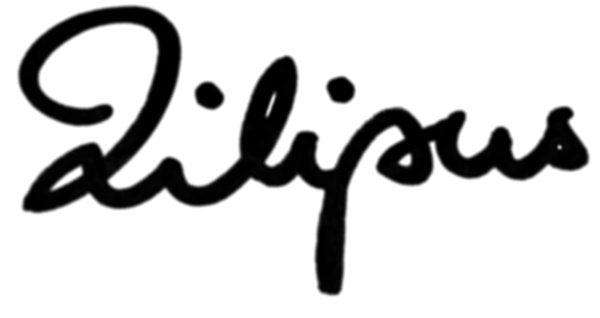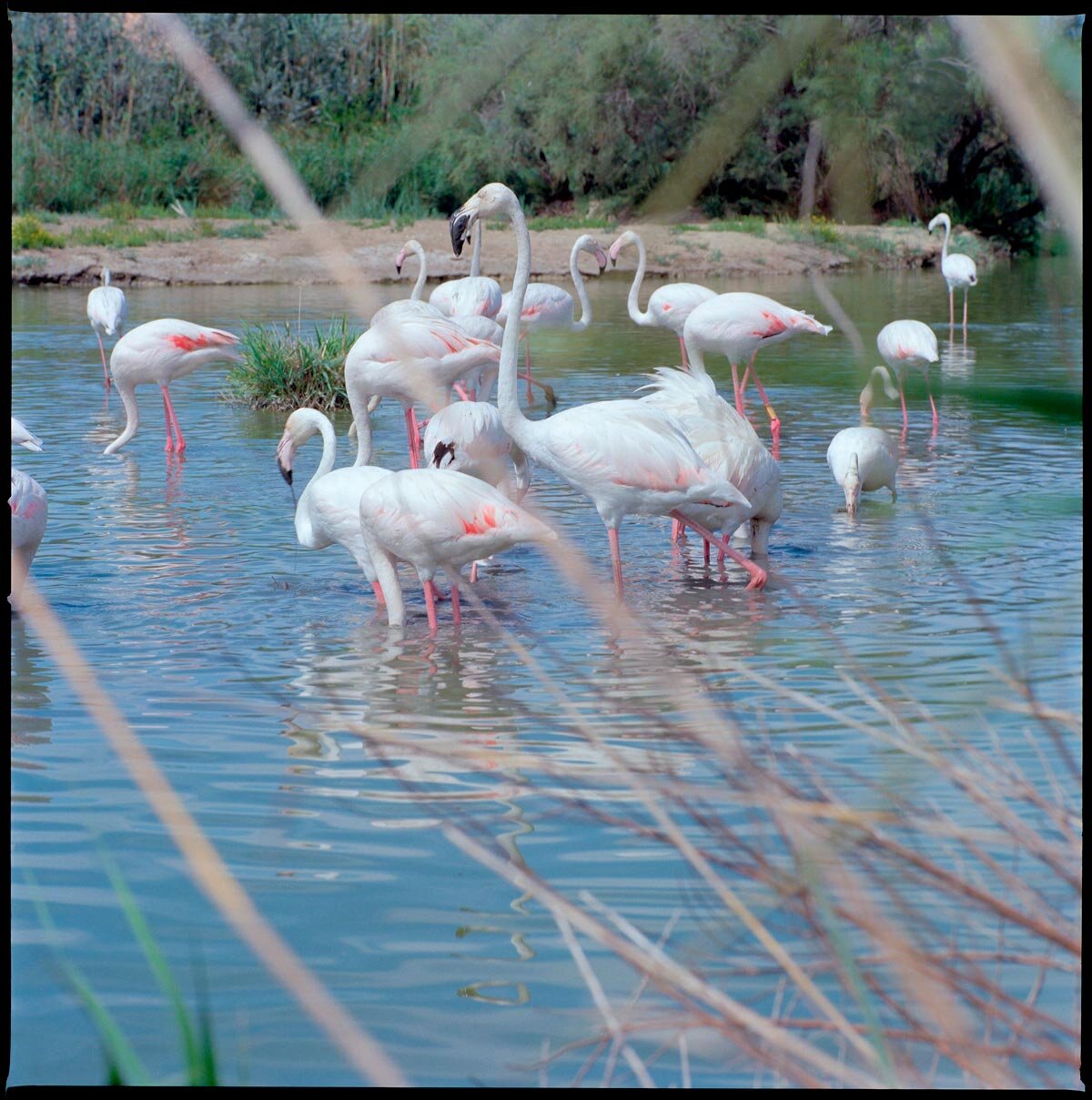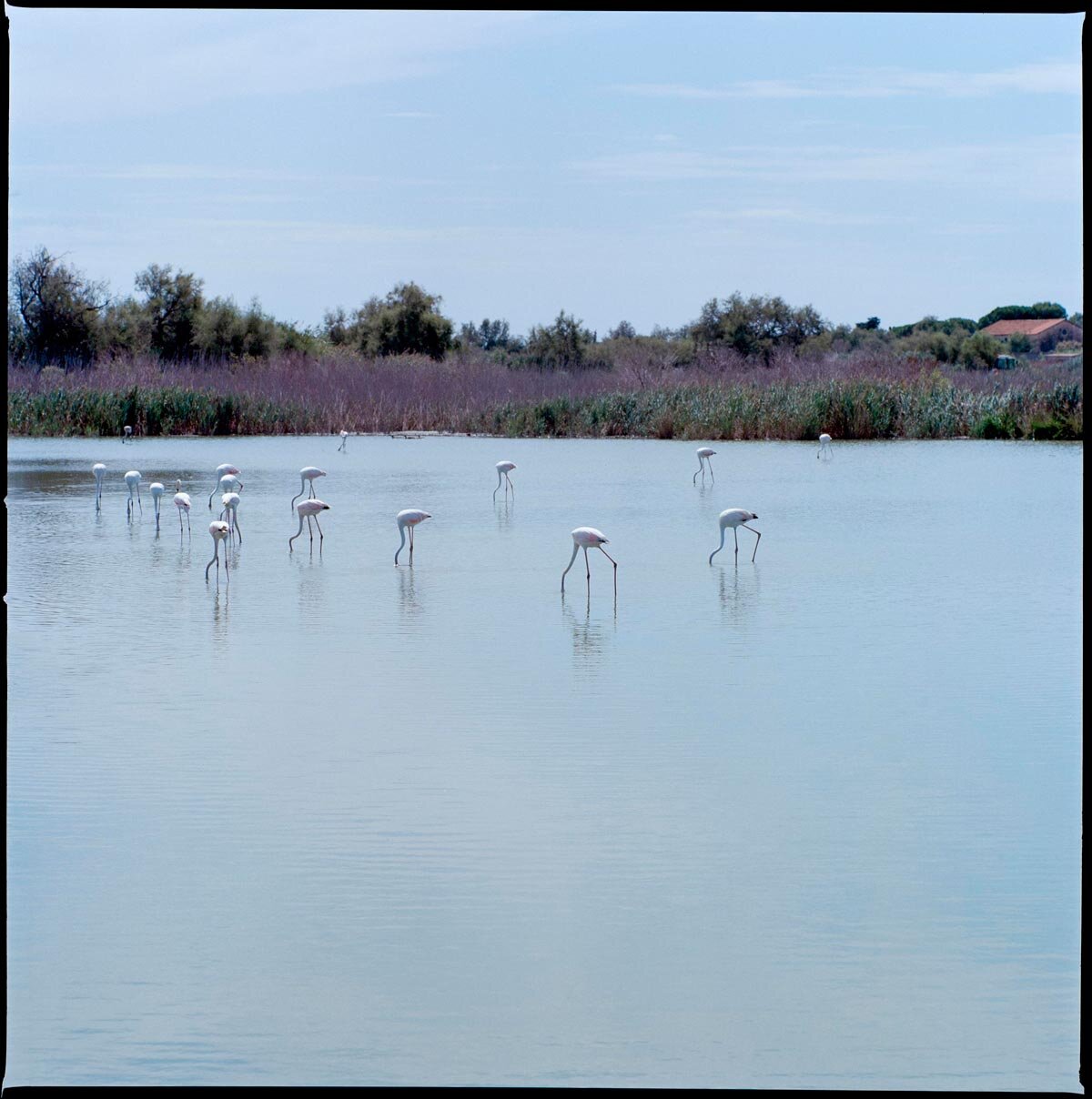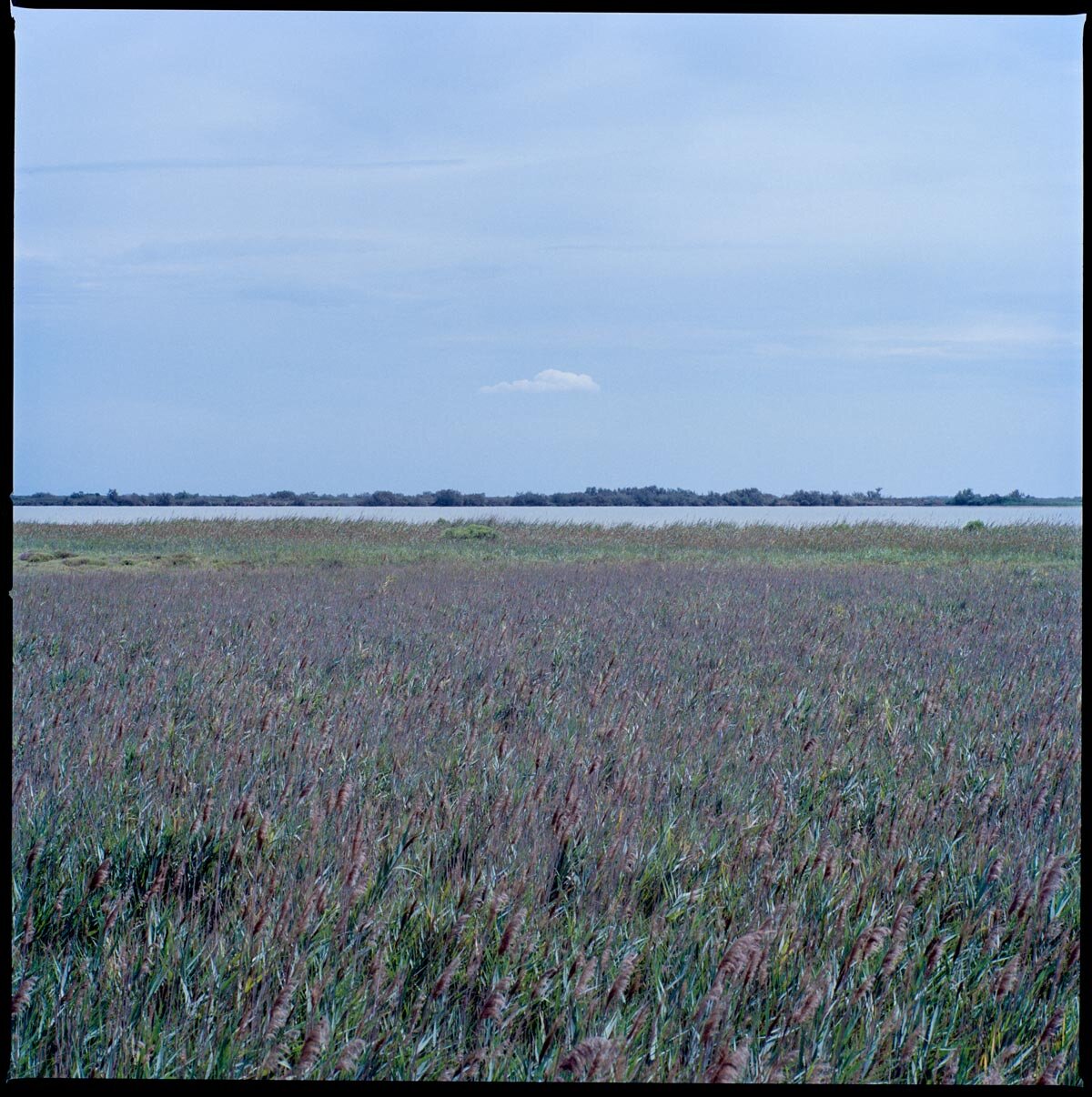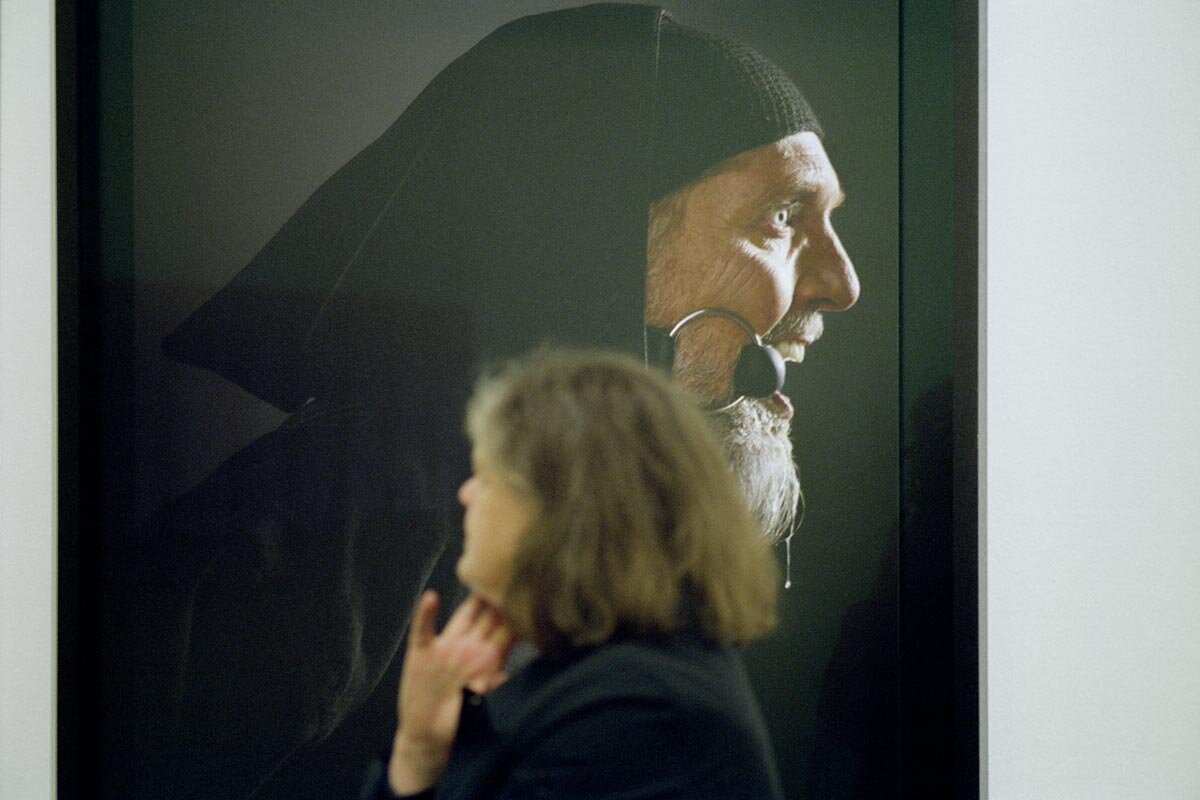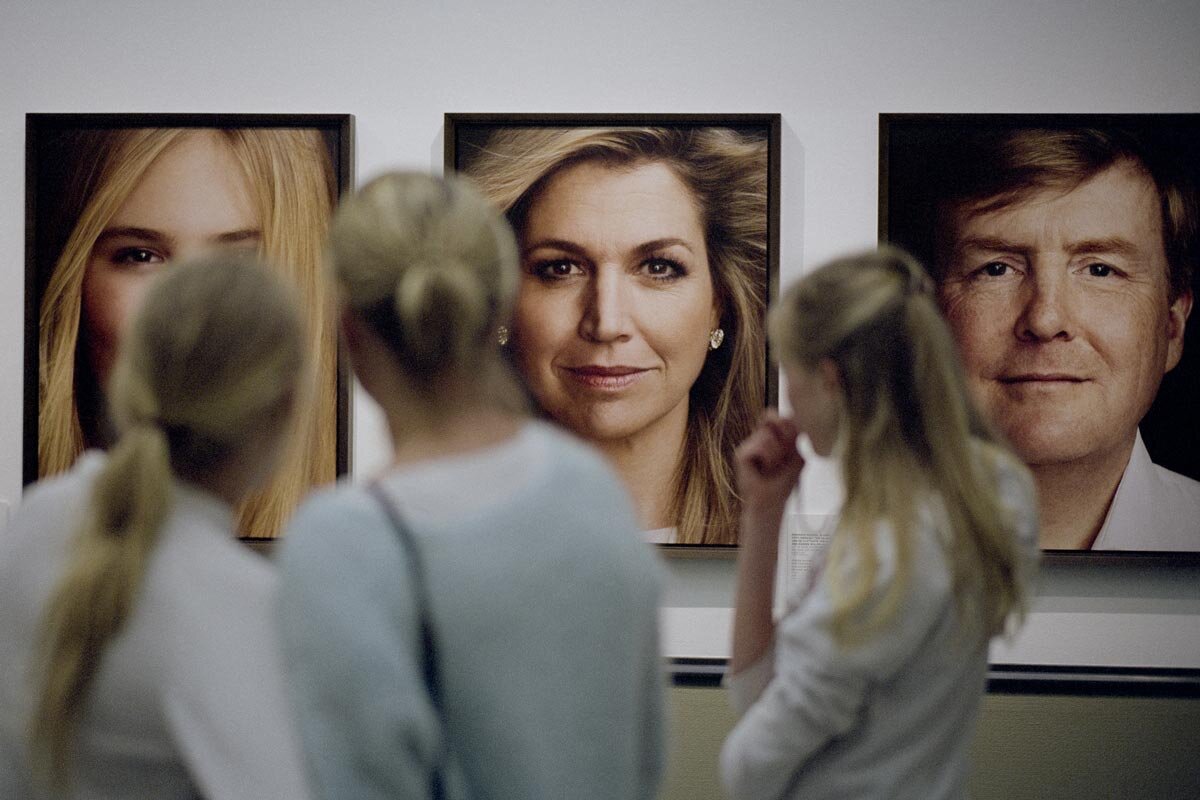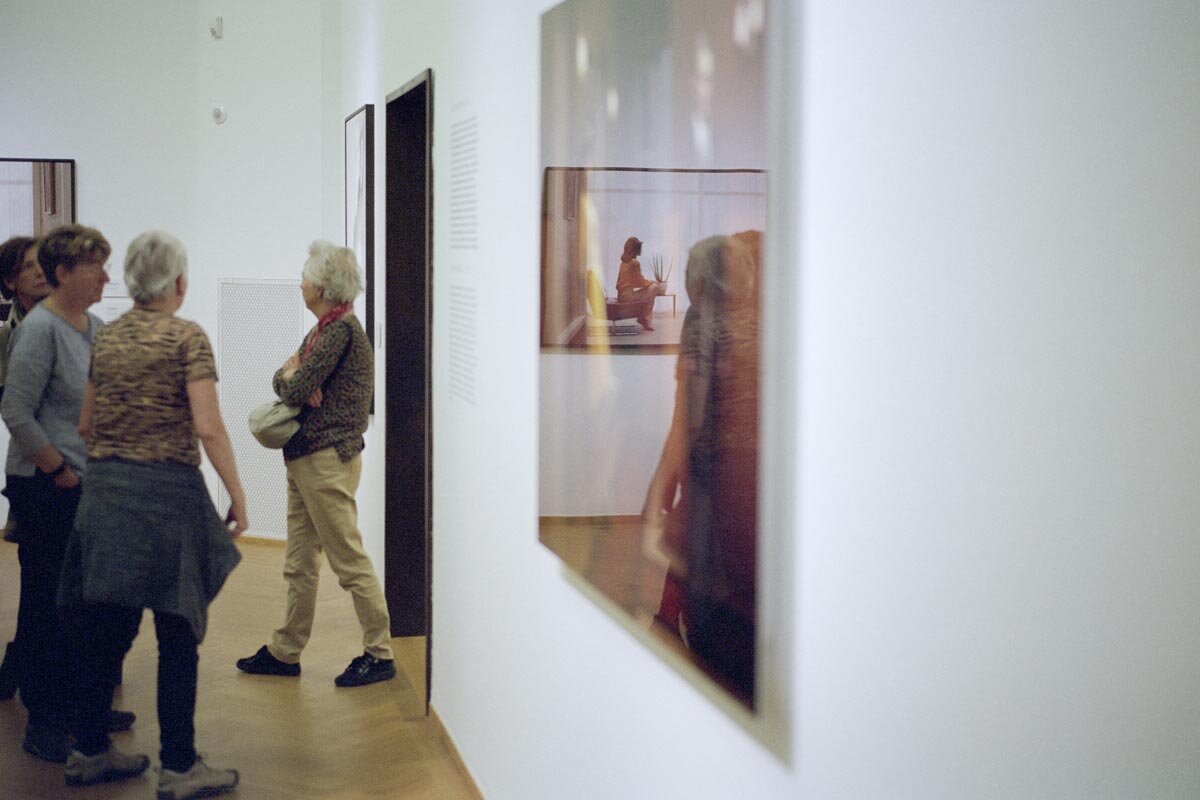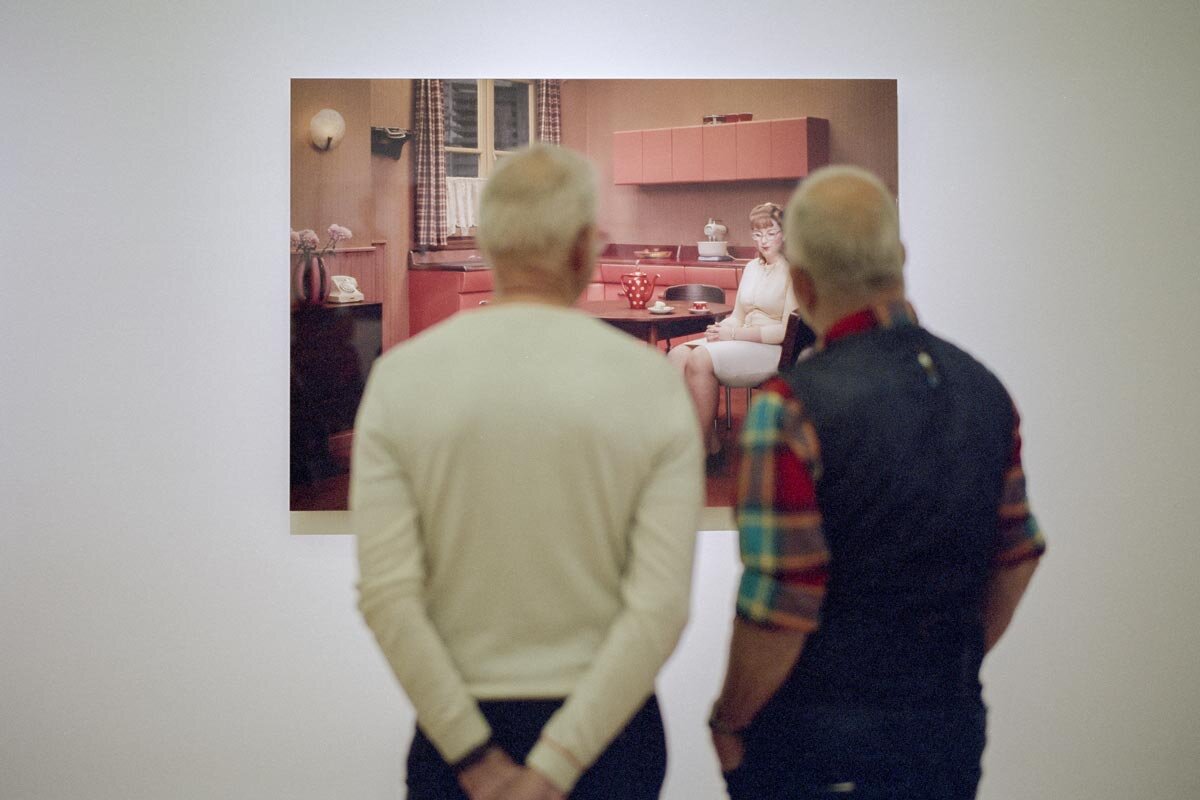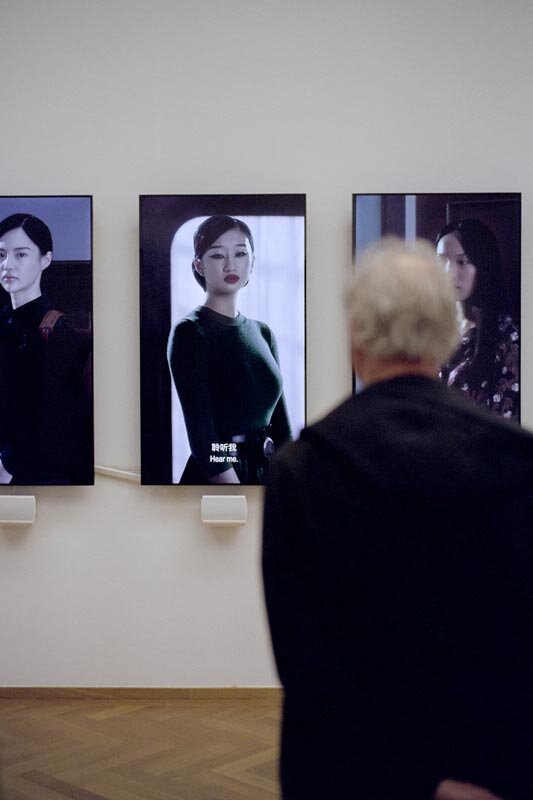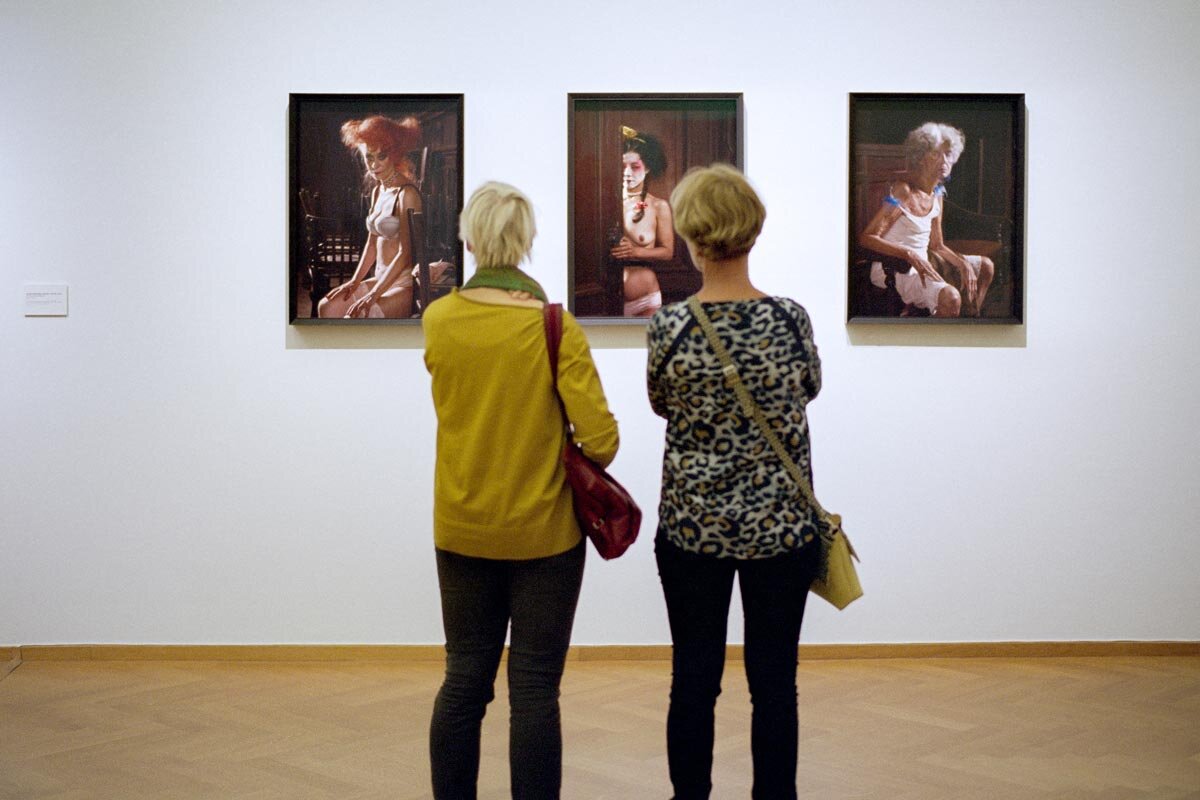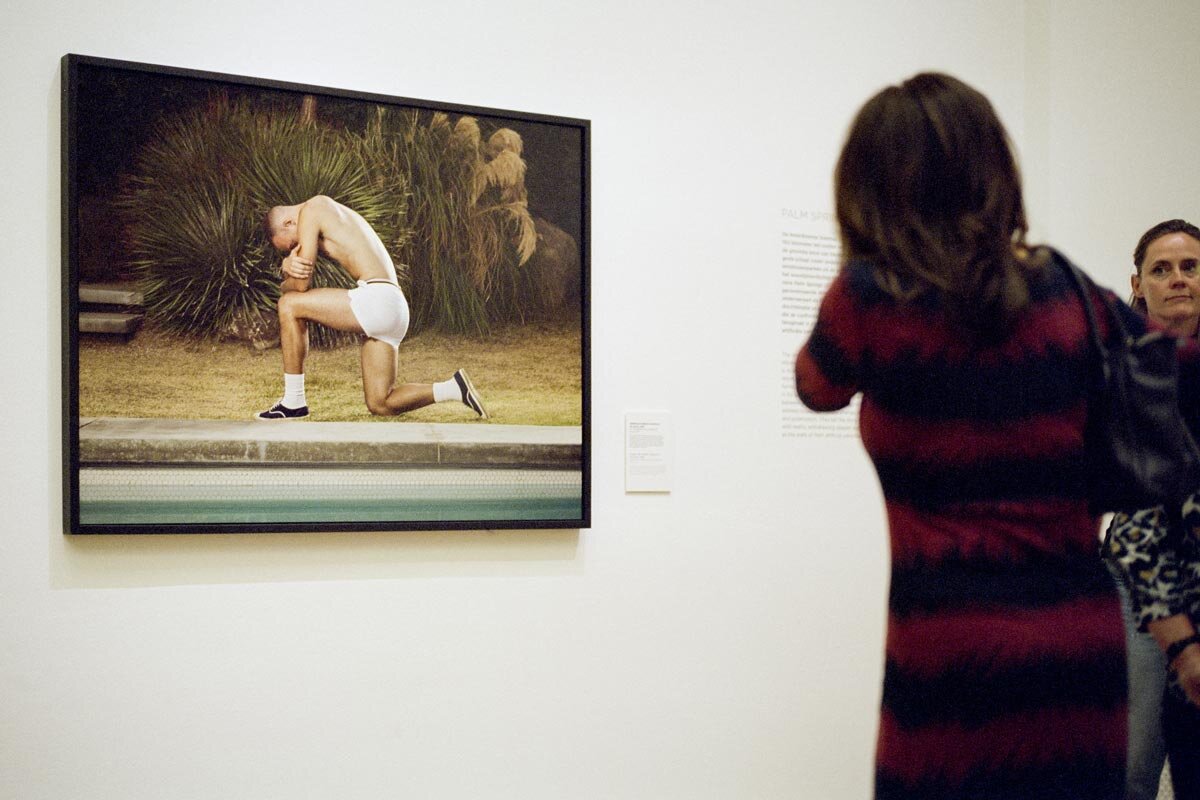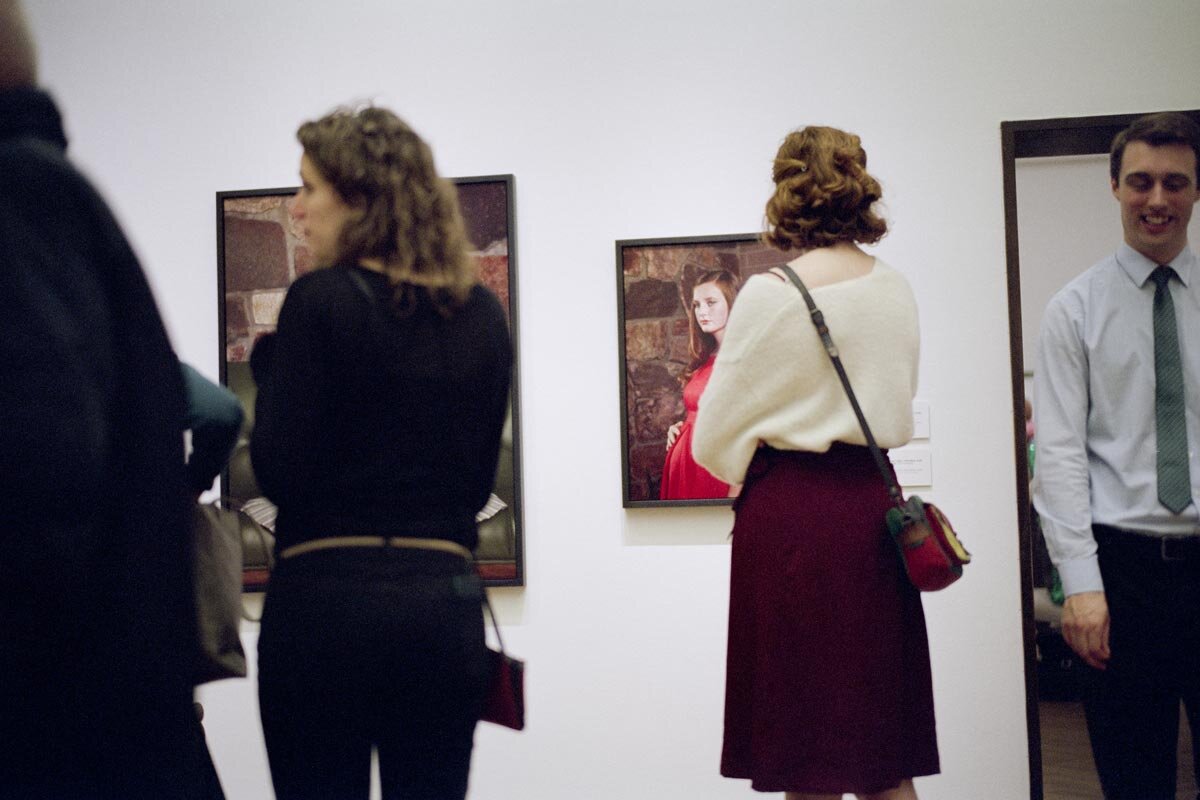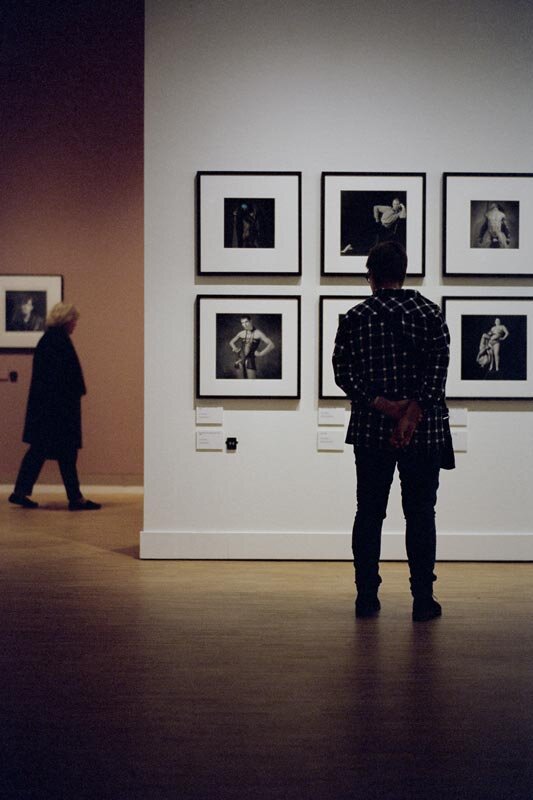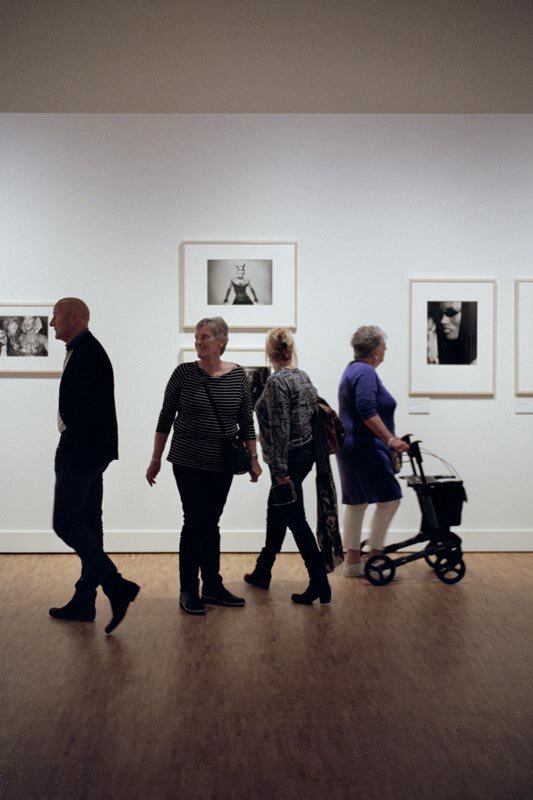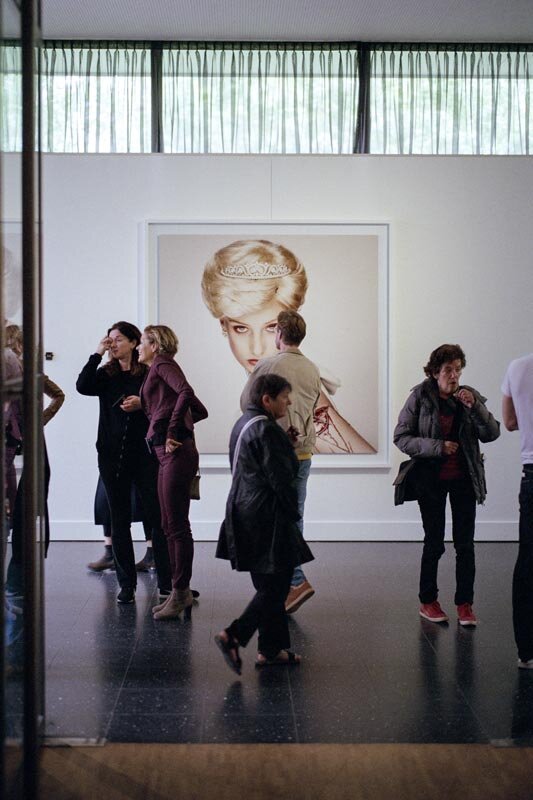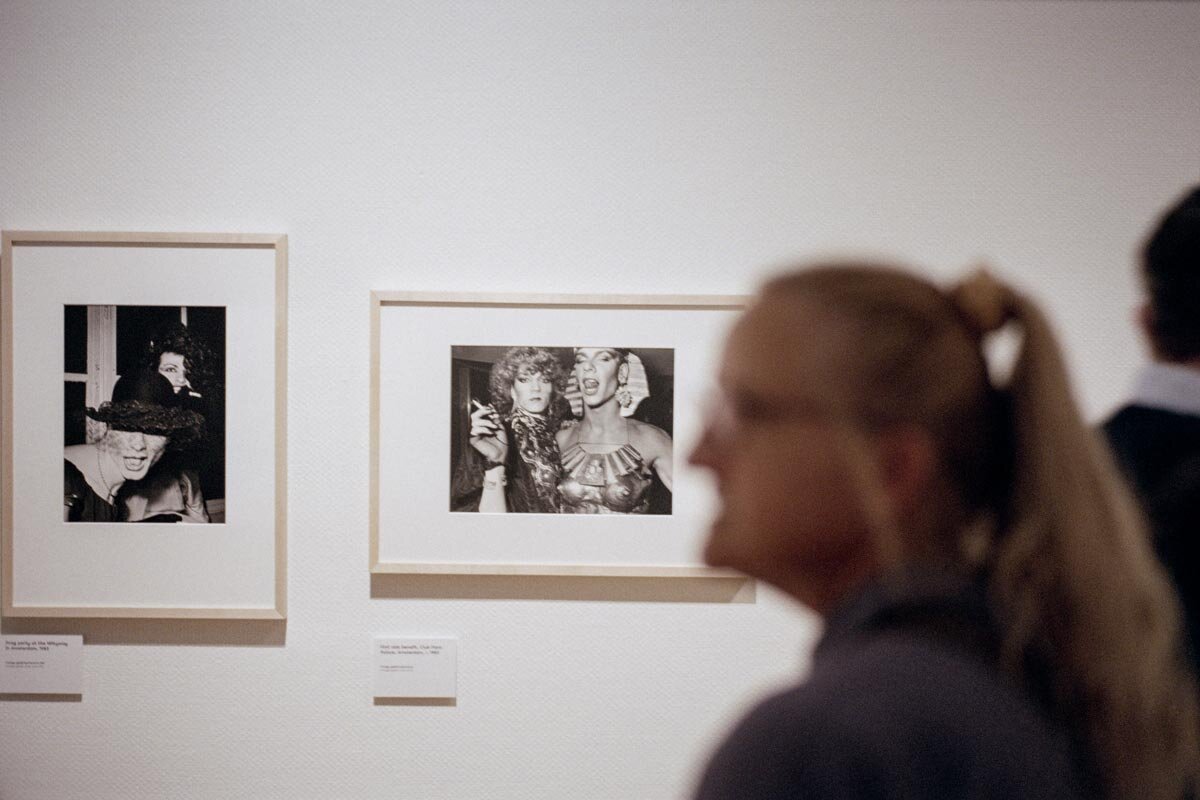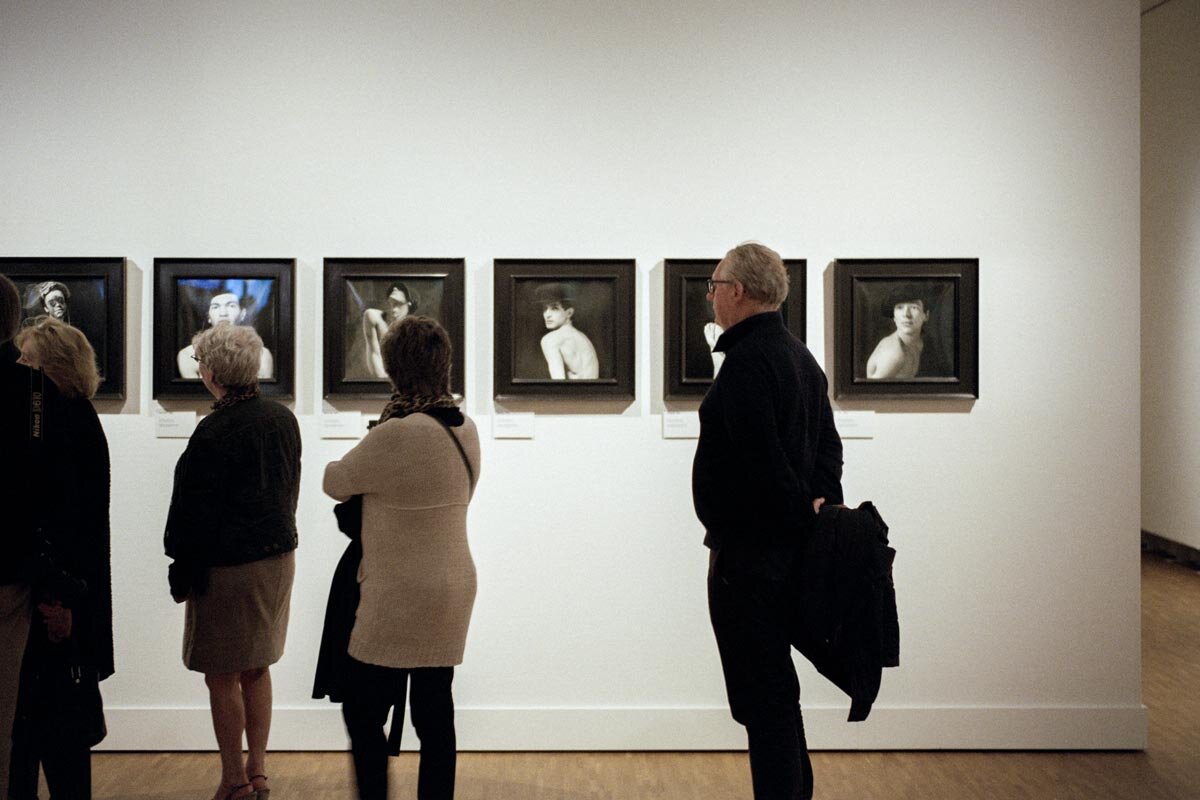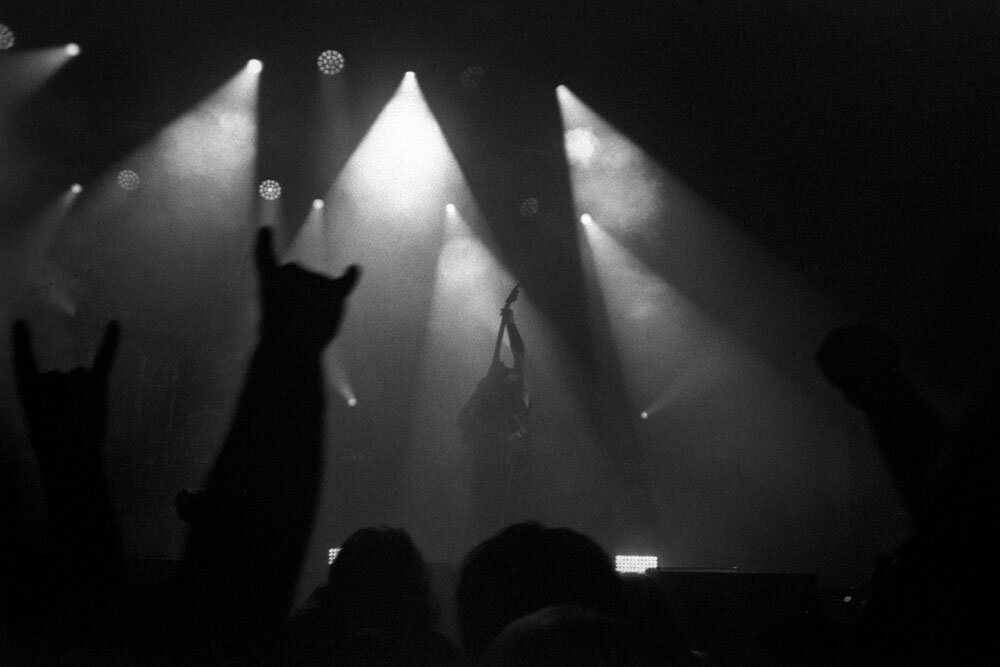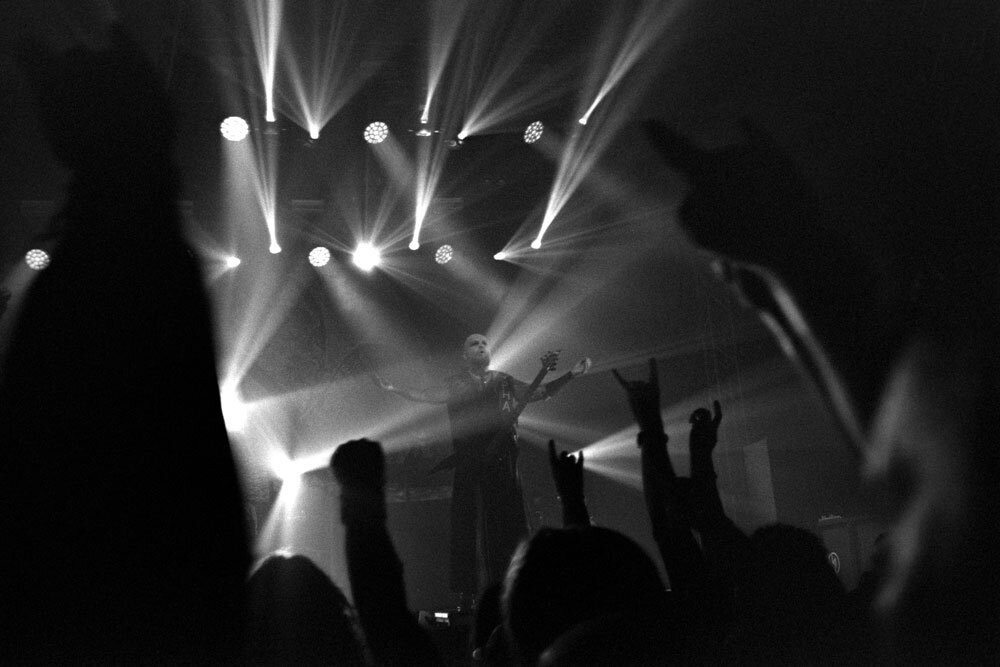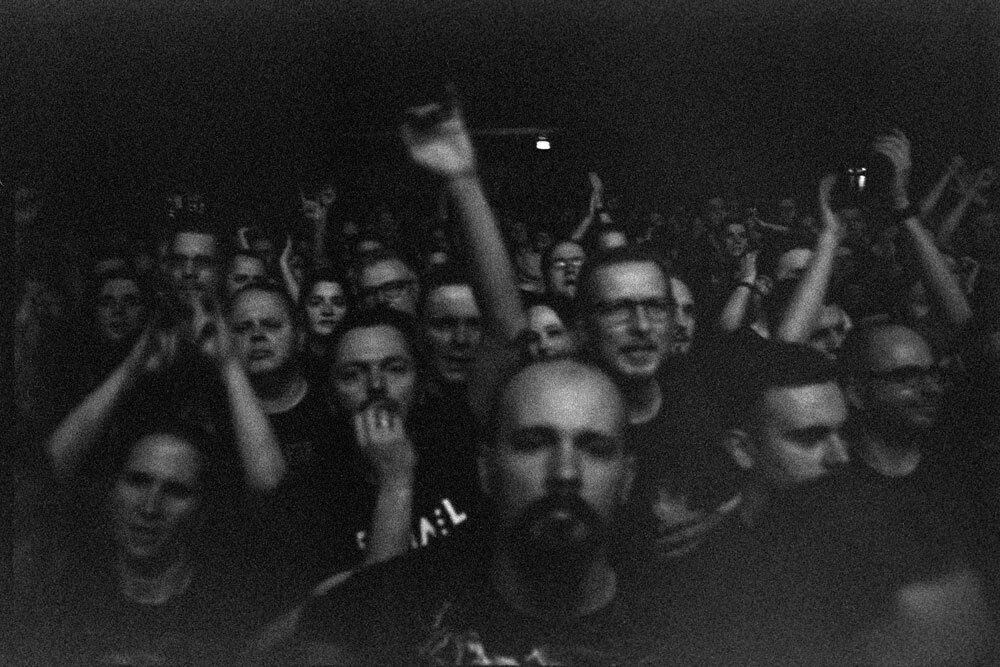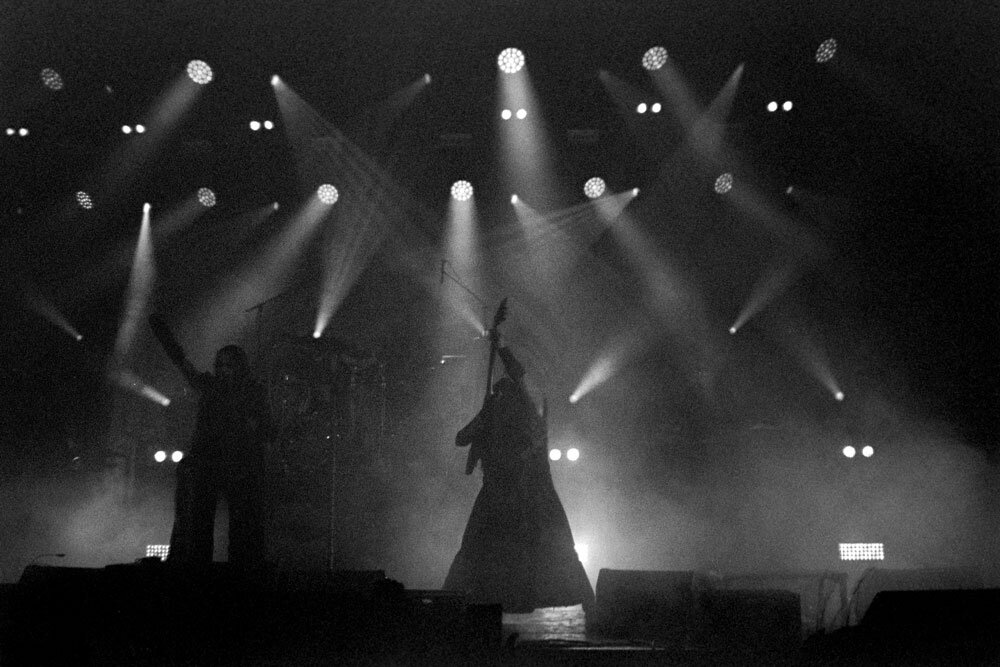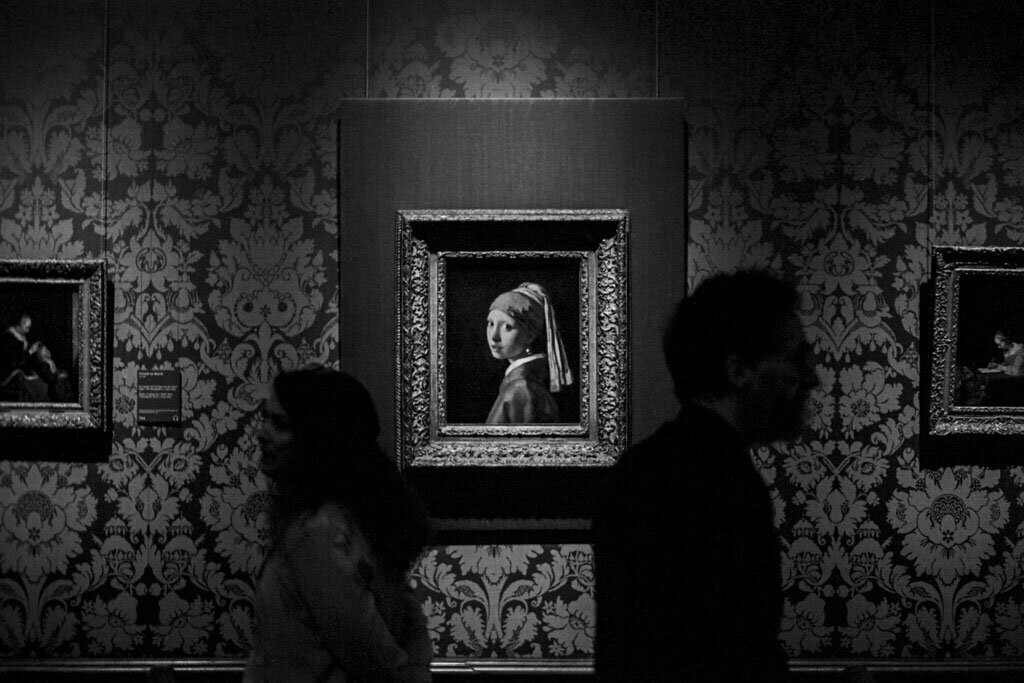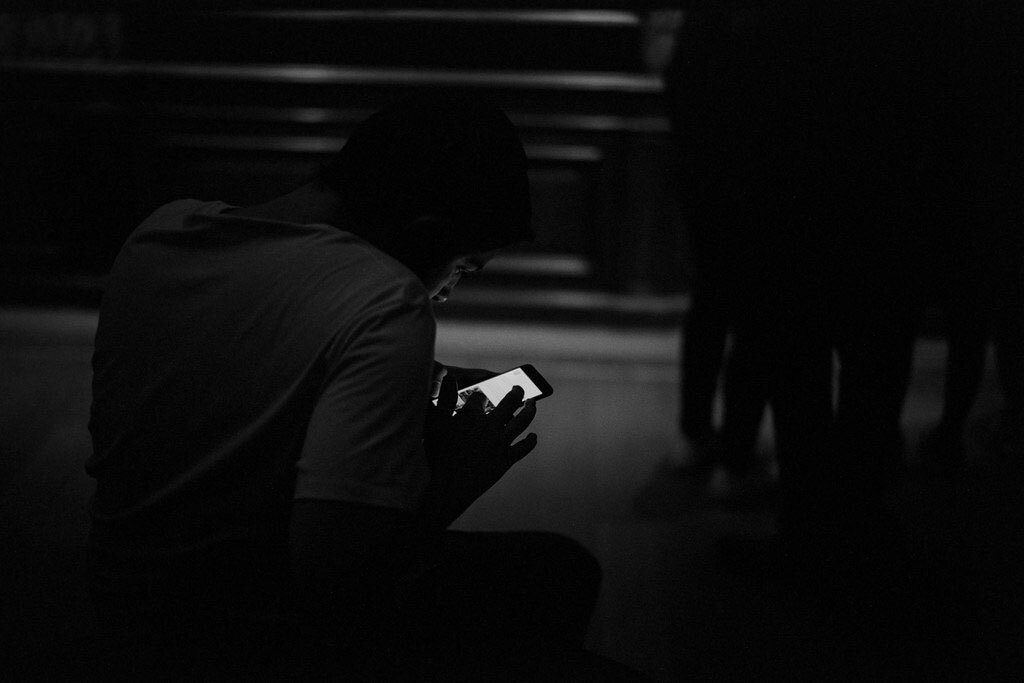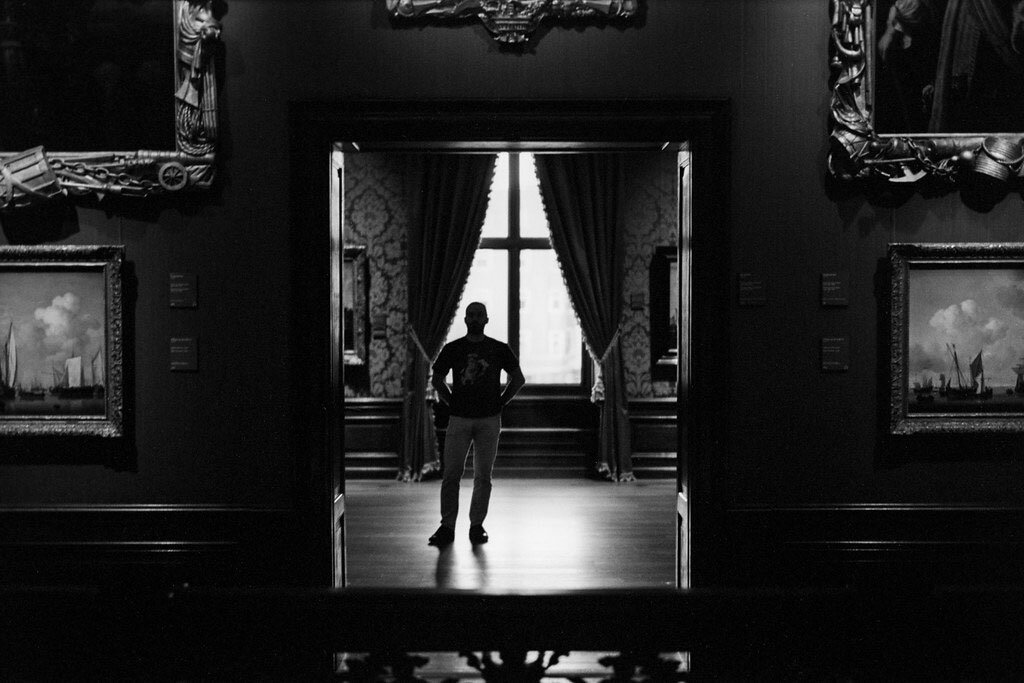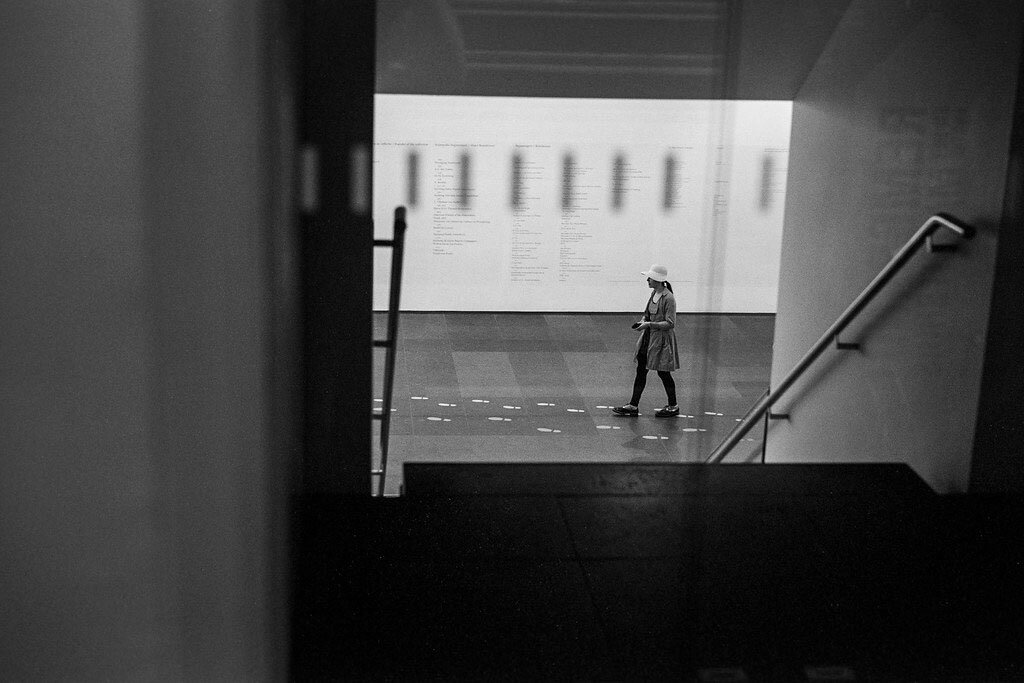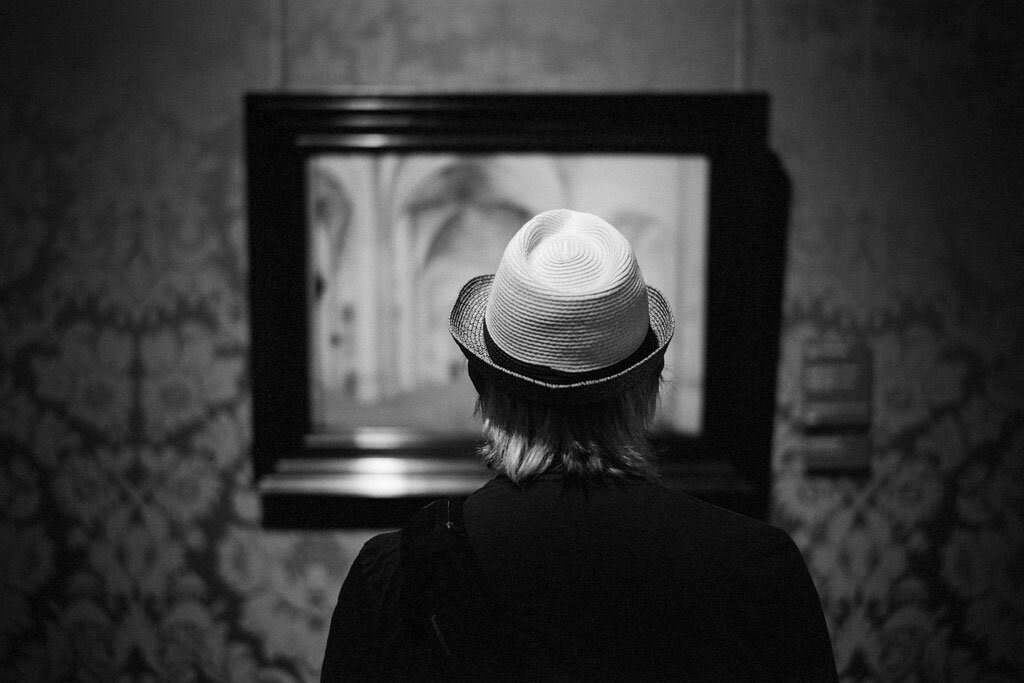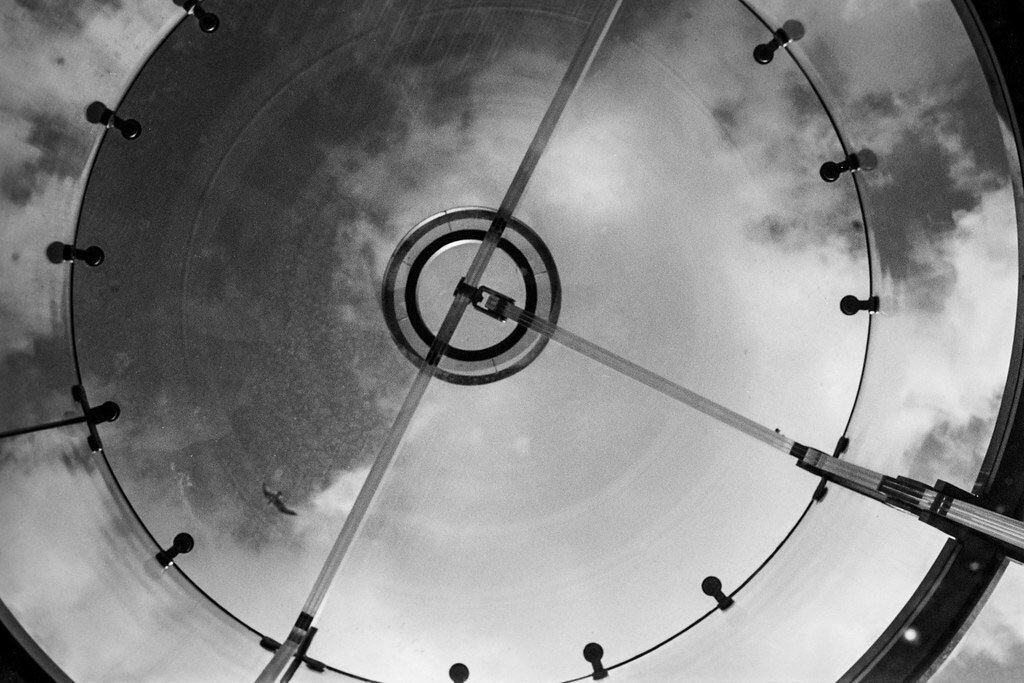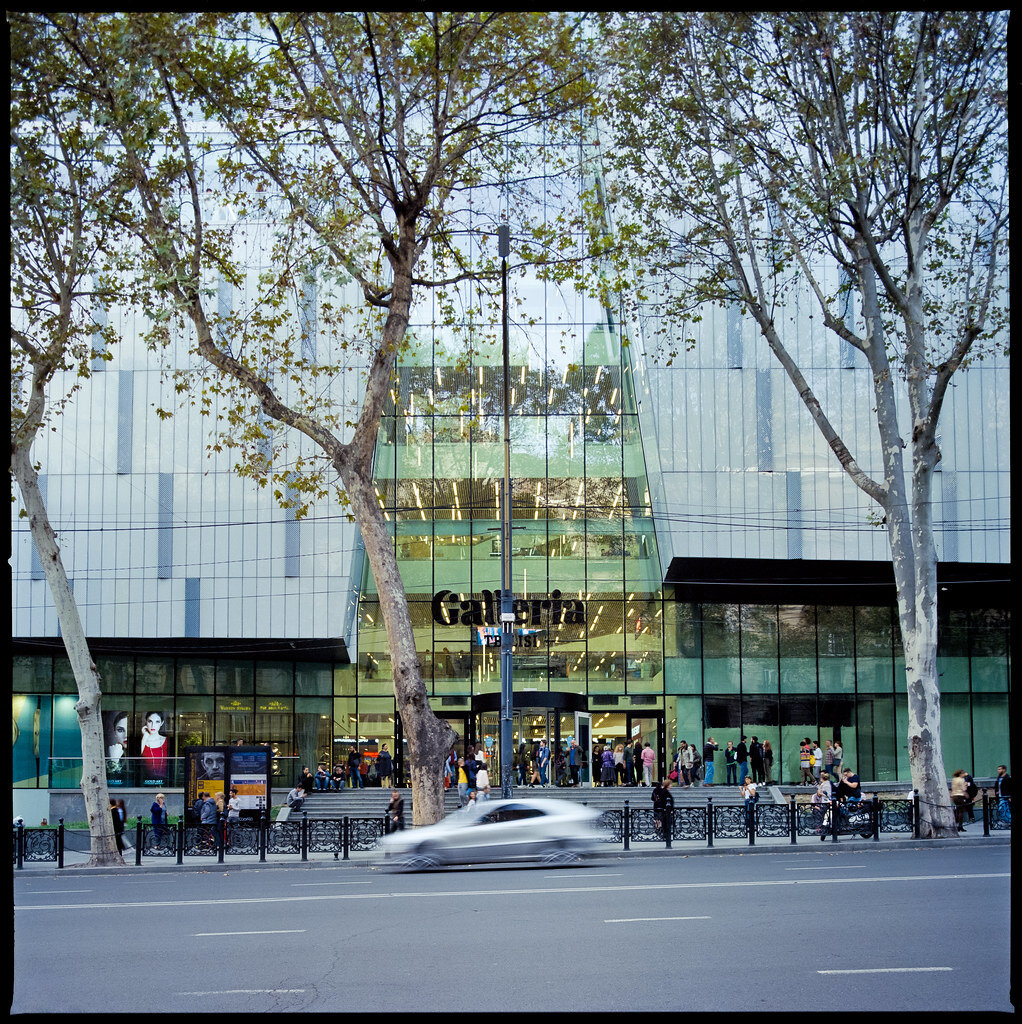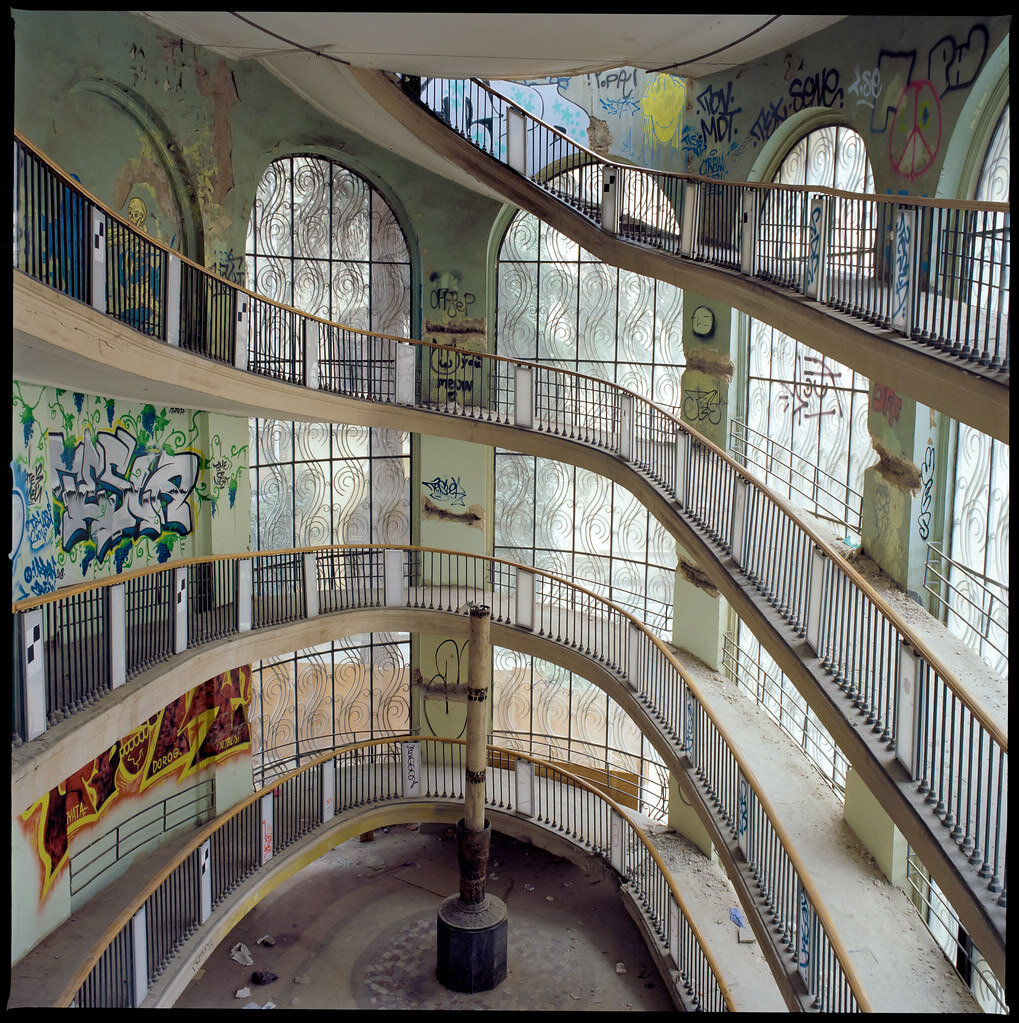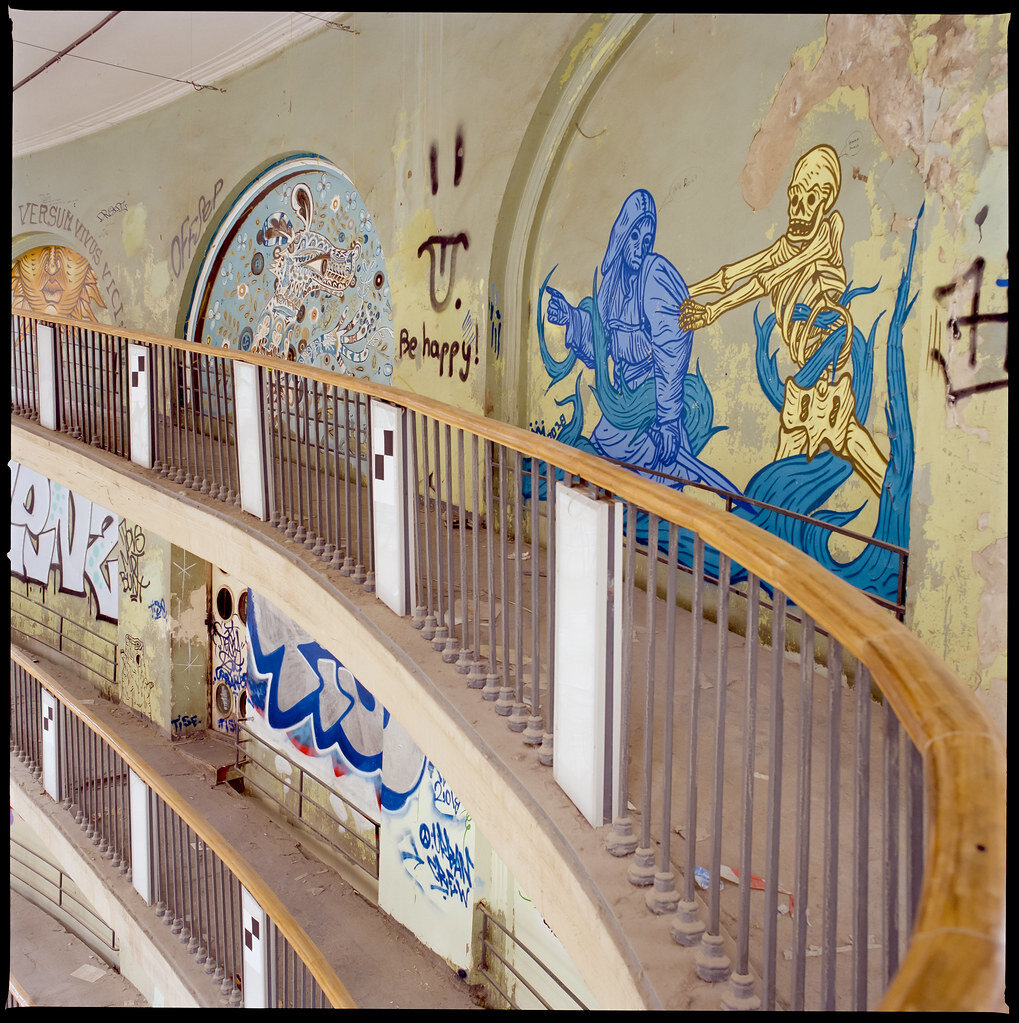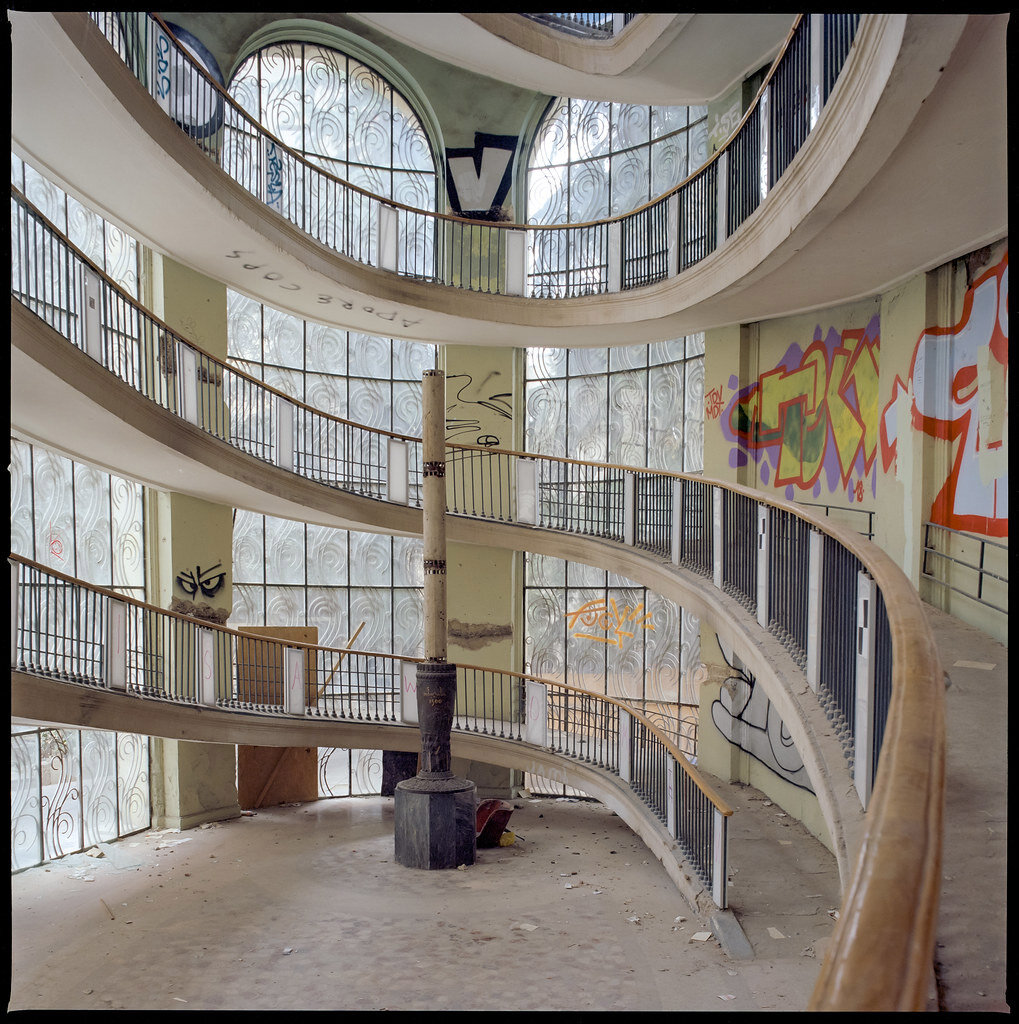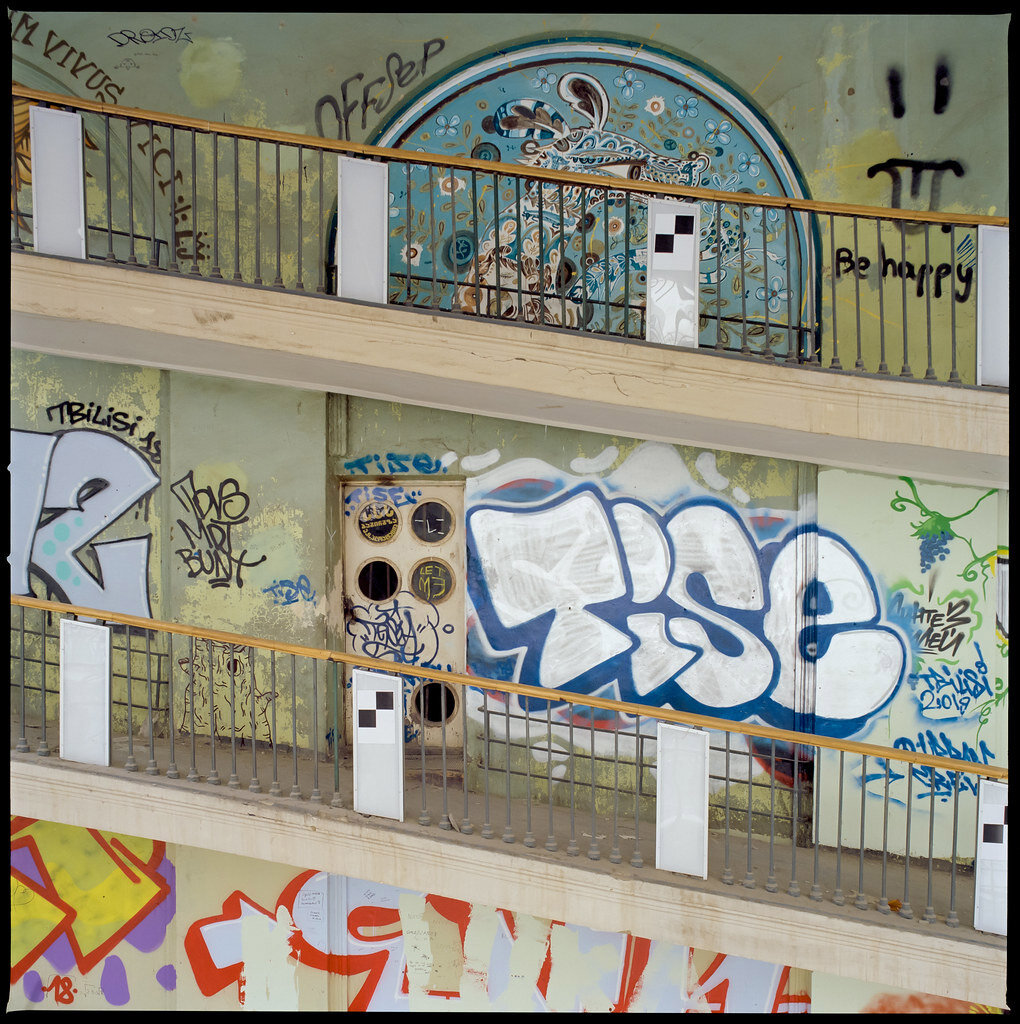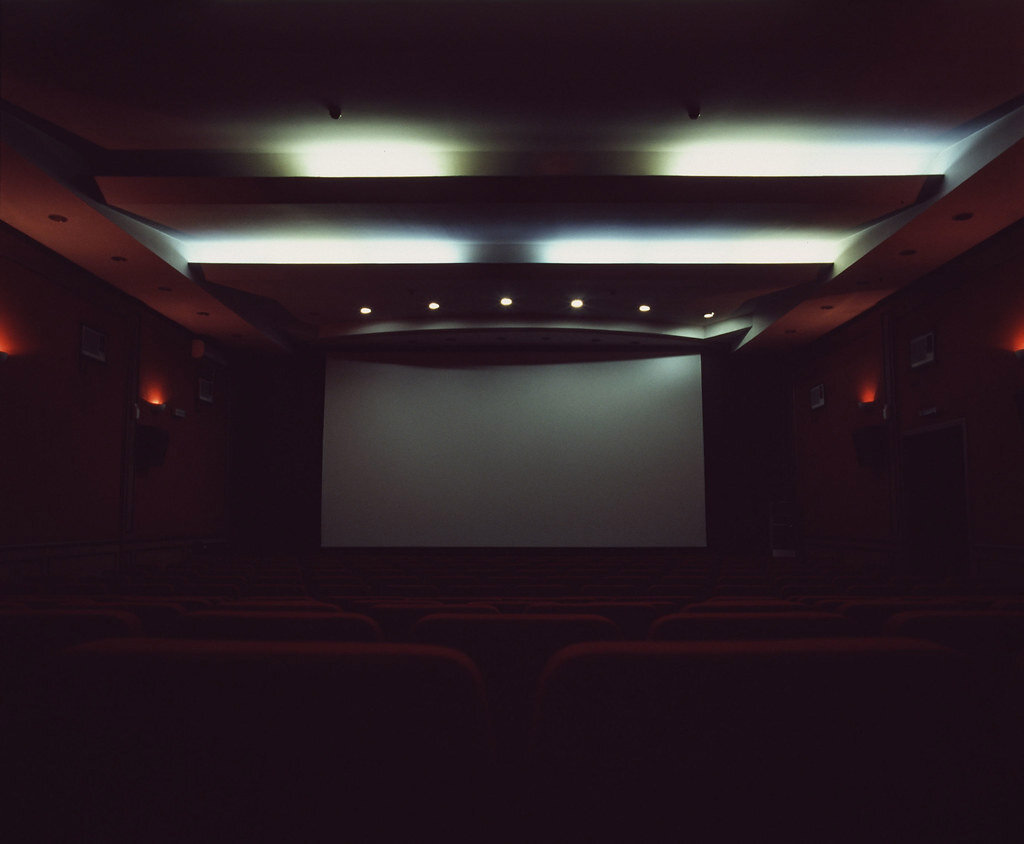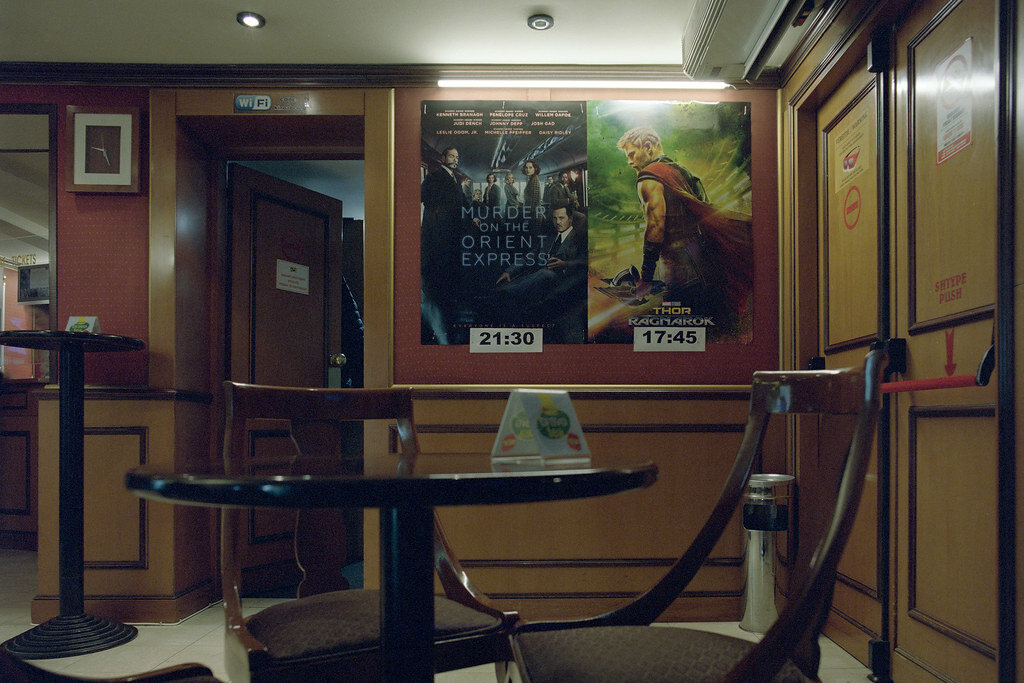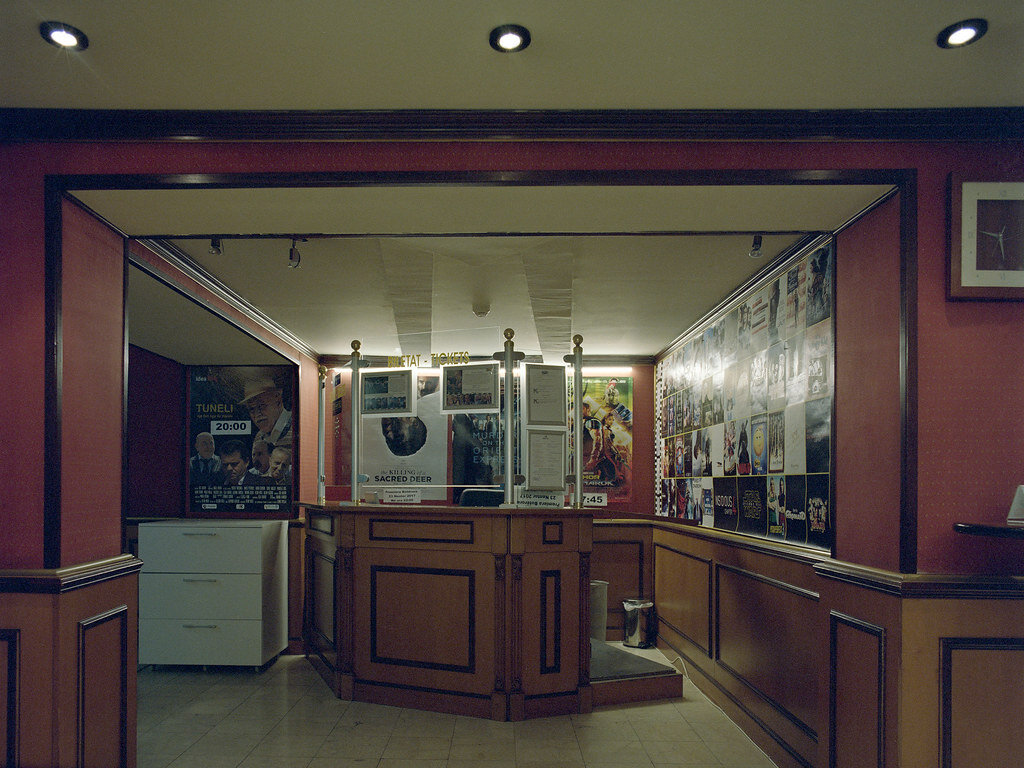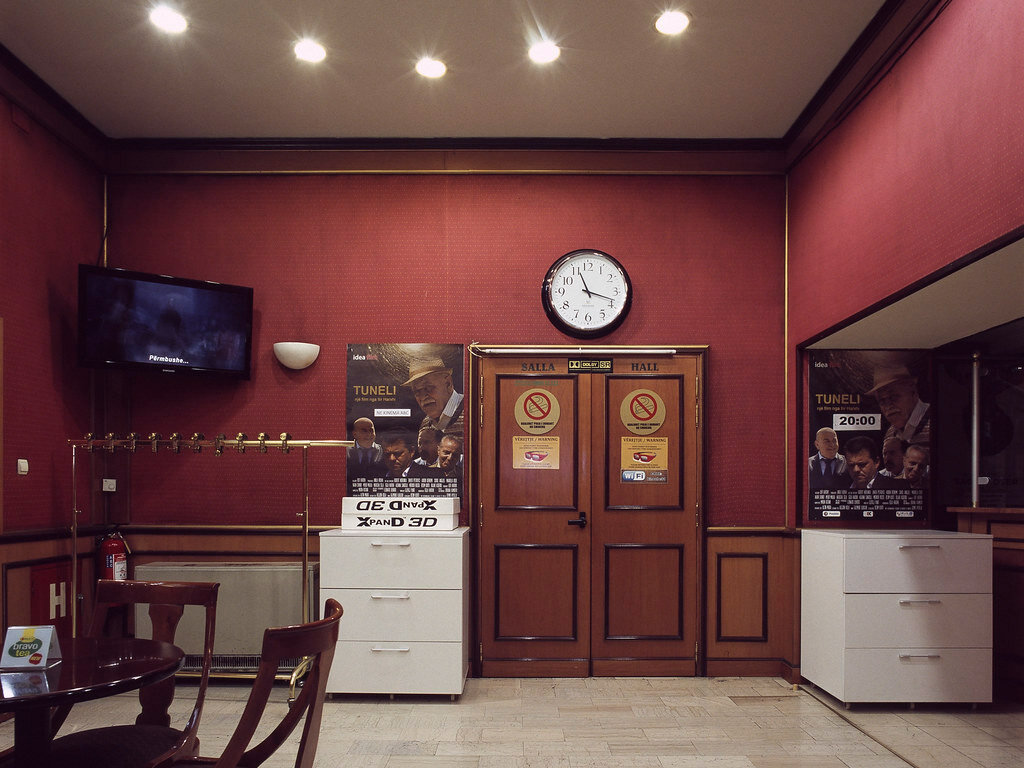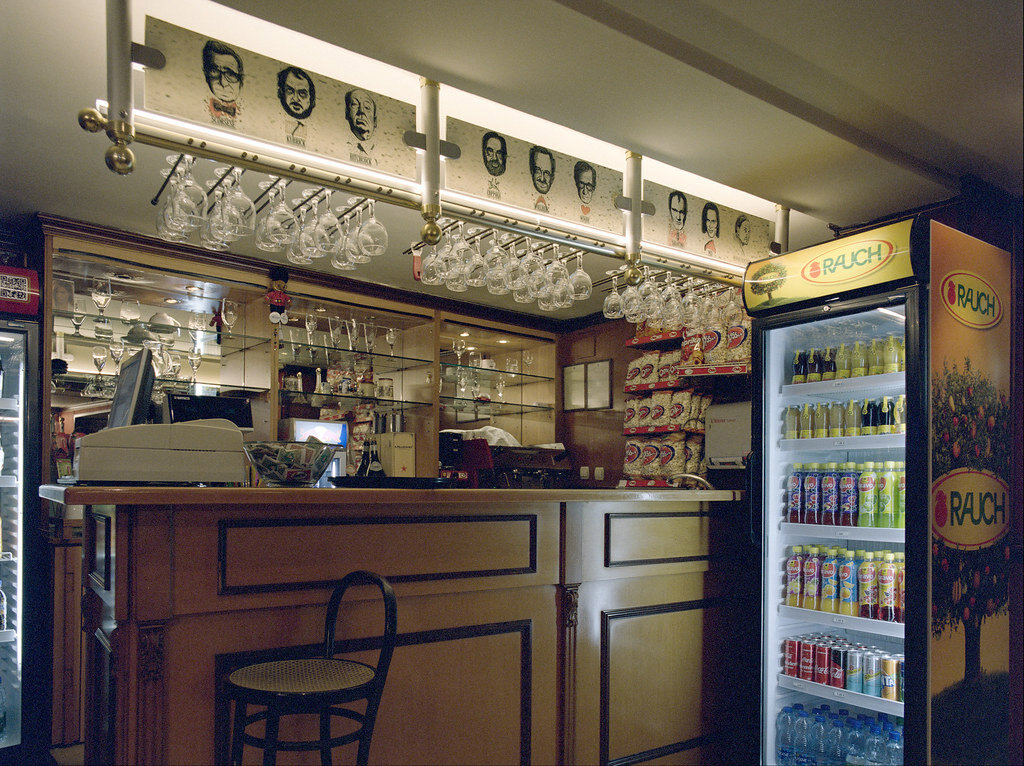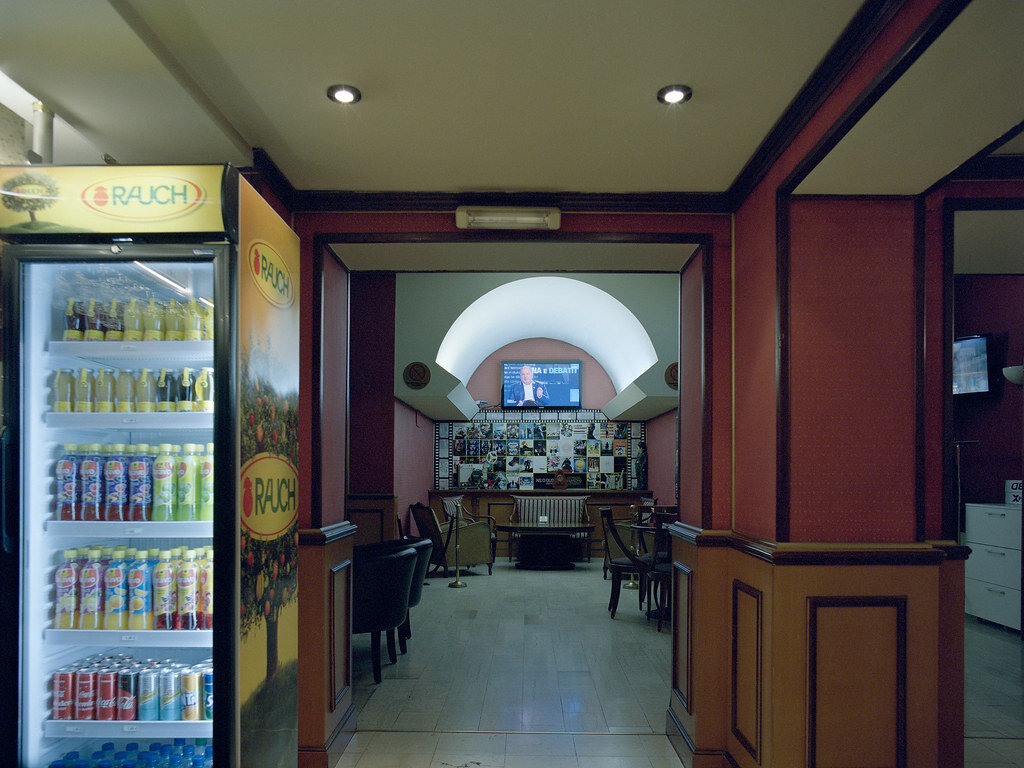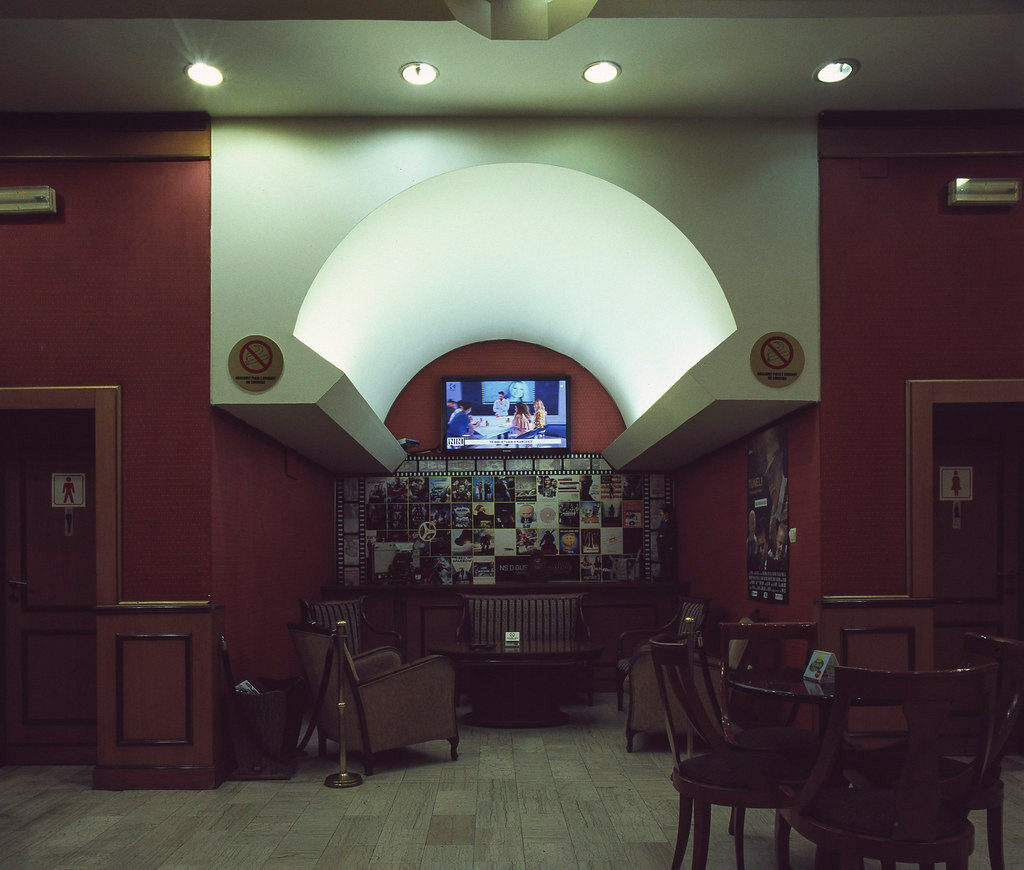Kirsten Dunst as Lee Smith (Copyright A24)
Civil War is a weird film. As a photographer, and film photographer no less, I was thrilled to see someone shooting analogue in what's ostensibly a potential depiction of a parallel reality to today's America. As unlikely as it is, however, that Jessie, played in a really bland way by Cailee Spaeny, would actually have used two Nikon FE-2 rather than some digital camera, it's still nice to see that #filmlives. Because it does. On that note, it's incredibly strange that the Sony cameras evidently used by Kirsten Dunst's character Lee Smith have the logo blacked out, a fate the analogue Nikons don't suffer. That is even stranger since Sony very likely had to pay quite a bit to have their equipment feature so prominently in the film.
And speaking of weird things, it's strange that the story is so "flat". It shows, in a quite poorly edited way, what's basically a roadtrip marred by a few terribly bad choices by Jessie, which result in several people getting killed, including Dunst's character. Her name is evidently based on Lee Miller. Not that this is left for the audience to figure out; Jessie states that Lee has the same name as her hero, which is as a matter of script writing isn’t necessary. If the point with the film were to show a strong female lead in a war zone photographer kind of way, well then just do that, Mr Garland. There's no need to copy the distinct name of a well-known photographer. Your audience is not stupid.
So Jessie, who is basically just a scared dove, is portrayed as someone who is undergoing a sort of baptism of fire during the roadtrip through broken America on the way to the White House with her band of Press people to hopefully clinch an interview with the beleaguered president. And as she gets braver she starts behaving truly stupidly, which results in at least three colleagues getting shot, including, as noted, Dunst's character who dies trying – really unnecessarily – to save Jessie from getting shot, a fate which would probably have been better, all things considered, for photojournalism as a whole.
Of course that had to happen. It's such a silly cliché that it could not not happen. For the longest time during the movie one wonders who will pay with their life, given the general level of hostility that surrounds them. But honestly, I had expected more from Garland; why not surprise us and not have anyone killed. Even letting the young novice die – another cliché – would have been better because it would have played well with the doubts that Dunst’s character shows with respect to her chosen career and the damage it has done to her soul. Now that would have added depth to this shallow piece. Garland only includes clips of previous situations where Dunst’s character has more or less blankly registered horrible things, but does not let her really act out the effects that her working life has had on her. It is only alluded to towards the very end. Still, it is perfectly possible to build character depth with very, very little film-making. See for instance the excellent film The Mule, by Clint Eastwood. Little clips here and there, short phrases of dialogue and well executed editing in that movie gives the viewer a distinctly better ‘feel’ for the characters involved, even in supporting roles, than what Garland manages to do over the course of 109 minutes of runtime for four persons who are more or less stuck in a vehicle most of the time.
I had also expected more with respect to the film as a whole, it’s purpose. The film evidently tries to surf the wave of possible realities that stem from the insurrection against Biden's lawful win of the presidency a few years back, trying as it does so to show how fragile is the social fabric that binds a society together. That fabric is really the centre of gravity of a nation, it's what makes it whole, complete. And once it has been shaken to the core it will unravel in a disturbingly swift way and cannot easily be re-established, and most certainly not without significant bloodshed. The price of freedom is after all paid in blood, and it is considerably cheaper to maintain freedom well.
But Garland misses the opportunity to make the point, any point actually. He shows the youthfully stupid mistakes of Jessie against the backdrop of the raging civil unrest. But he doesn't even take a view on how that unrest should be dealt with or whether it is intrinsically “good” or “bad”. He doesn’t even bother to explain the different factions’ reasons for fighting. Instead he opts only for the dispassionate view of the proceedings that might be seen by the photojournalist's lens. But a lens is never objective, it is always aimed, it always ought to have a purpose. Yet it seems that the lens Garland used for this movie didn’t.
Is it right to do so? I think not. But the more important question is why Garland did not think it important enough to show anything more than only that. Since the hostilities, without further explanation by Garland, are necessarily seen against the backdrop of recent US history, the result is an impression that he would be equally OK with violence resulting from insurrectionist movements against a lawful government as with the attempts by that government to quell the unlawful unrest. This is no small matter because it may be applied to other larger, and current, conflicts, such as Russia’s unforgivable continuing attack on Ukraine under Vladimir Putin’s leadership. The lack of clarity as to right and wrong in the movie appears to imply that Garland does not mind that aggressors are let into the highest levels of government or international governance, such as the UN Security Council. Not taking a position, if even only obliquely, is tantamount to looking the other way, to not standing up for the important foundations of society, to cowardice, even.
The film therefore feels like a missed chance to actually make a point. Well, beyond the one that an ignorant scared young woman, who wants to be like a photographer who died almost five decades ago, through recklessness puts other people in jeopardy and ends up living due to the selfless sacrifice of an experienced woman who saw the lurking danger which eluded the idiot youth who got to live on. If you read disappointment between the lines you’re correct.
